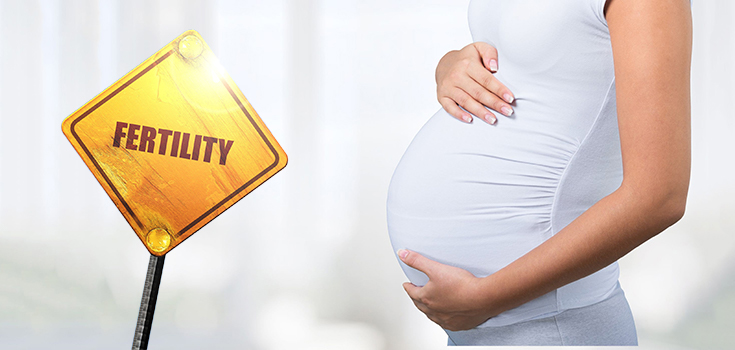U.S. Fertility Rate Hits an All-Time Low
U.S. Fertility Rate Hits an All-Time Low
Why this could be a good thing
The fertility rate in the United States has fallen to the lowest level ever recorded .
. It has been recorded since 1909, and has dropped more than 10% just since 2007 . [1]
The findings are based on population data from the Centers for Disease Control (CDC) that track birth and fertility statistics.
The Findings
In the first quarter of 2016, the fertility rate dropped to 59.8 births per 1,000 women, down from 60 per 1,000 in the first quarter of 2015 . This means there are on average fewer than 6 babies born for every 100 women between ages 15-44 . In 2010, 6.4 babies were born per 100 women in this age group.
The birthrate for those 15 to 19 declined from 22.7 births per 1,000 women in the first quarter of 2015 to 20.8 births per 1,000 in the first quarter of 2016. The birthrate among women 30 to 44 is increasing , from 95.6 per 1,000 women in the first quarter of 2015, to 97.9 per 1,000 in the first quarter of 2016.Donna Strobino, a professor of population, and family and reproductive health at Johns Hopkins University, said:
“The good news is that infertility treatment has allowed women to extend the age of childbirthing, going along with a lot of trends we are seeing in increasing age of marriage, increasing education levels and increasing labor force participation.
The bad news is the complications associated with aging that have to do with an increase in chronic diseases as women age, increase in pregnancy-induced complications and increase in complications for the fetus and newborn.”
In January, the CDC released a reportshowing that the age of mothers rose in the United States. The average age when women had their first child rose from 24.9 in 2000 to 26.3 in 2014. [2]
How this Affects the U.S. Population
Although fewer babies are being born in the United States, that doesn’t mean the population is going to start shrinking. In fact, it’s expected to rise . [3]
The falling fertility rate was taken into account when the U.S. Census Bureau projected that the population would increase from 319 million in 2014 to 400 million by 2051 . One of the reasons for this is immigration; another is age and the fact that people are living longer.
The CDC wrotethat “the older population is projected to more than double in size from 46 million to 98 million over this period (2014 to 2060).”
A report published August 11 shows that by 2030, 56 countries will have more peopleaged 65 and over than children under 15.
And while the fertility rate is dropping, the U.S. population is so enormous that the absolute number of babies is still greater than it was even just 10 years ago .
Some Say This Could Be a Good Thing
This decline in the birthrate might actually be a good thing, from a strictly scientific viewpoint.
The earth is already overtaxed as it is. Pollution is a massive problem, and sustainability…well, the greatest minds are still trying to figure out how the planet can continue to feed and otherwise care for a population that is expected to reach 10 billion people in a few decades .
Read: 4 Ways to Heal and Replenish Our Damaged Soil and Food Supply
In the 1800’s, 1 billion people graced the earth. Now, it’s at 7 billion . At 10 billion, it will literally be busting at the seams.
| About Julie Fidler: | |
| Julie Fidler is a freelance writer, legal blogger, and the author of Adventures in Holy Matrimony: For Better or the Absolute Worst. She lives in Pennsylvania with her husband and two ridiculously spoiled cats. She occasionally pontificates onher blog. | |
Other Popular Stories:

Post a Comment